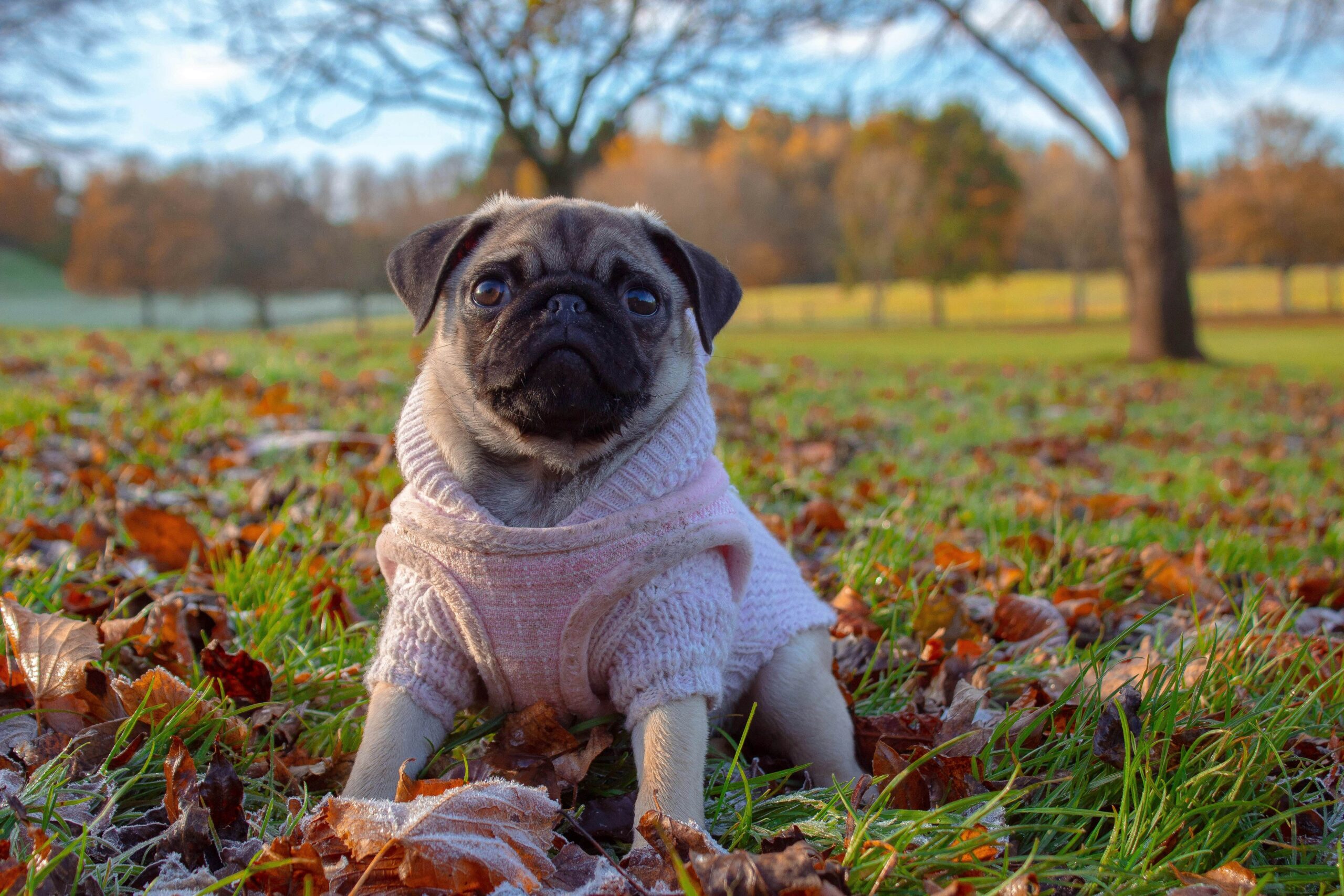Brief Overview of Pugs
Pugs, often dubbed as the “clowns of the canine world,” are beloved for their charming personality and distinctive appearance. Originally from China, these adorable little dogs have become popular companions around the globe.
Why Pugs Make Great Pets
Pugs are known for their affectionate and playful nature, making them excellent companions for families, singles, and seniors alike. Their small size and adaptable temperament make them well-suited for various living situations, from apartments to spacious homes.
Pug Statistics:
Dog Breed Group: Toy group
Height: 10 to 13 inches at the shoulder
Weight: 14 to 18 pounds
Life Expectancy: 12 to 15 years
Pug Quick Facts:
Coat: Short and smooth
Club Recognition: AKC, UKC, CKC
Ideal Owner: Someone who enjoys indoor companionship
Energy Level/Exercise Needs: Moderate
Space Requirements: Suitable for apartments and larger homes
Grooming Requirements: Low maintenance
Training: May be stubborn but responds well to positive reinforcement
Are they good family dogs? Excellent with children and other pets
Tendency to bark: Occasional barking
History and Origins
Origins of Pug Dogs
Pugs originated in ancient China, where they were treasured by emperors and nobility. They were later brought to Europe, where they gained popularity among the aristocracy.
Historical Significance
Pugs have a rich history, often depicted in art and literature throughout the ages. Their distinctive appearance and endearing personality have made them enduring favorites.
Key Milestones in the Breed’s Development
Pugs have been cherished companions for centuries, with their popularity spreading worldwide over time.
Physical Characteristics
Size and Weight: Pugs are small dogs, with a sturdy build. They typically weigh between 14 to 18 pounds.
Coat Type and Colors: Their coat is short, smooth, and comes in various colors including fawn, black, and silver.
Facial Features: Pugs are characterized by their wrinkled faces, large expressive eyes, and flat, pushed-in noses.
Unique Physical Traits: Pugs are known for their distinctive curly tails and charming expressions.
Temperament and Personality
Pug Dogs’ Temperament: Pugs are affectionate, playful, and sociable dogs. They thrive on human companionship and love being the center of attention.
Behavioral Characteristics: Pugs are known for their clownish antics and love to entertain their owners. They are generally friendly towards strangers and get along well with children and other pets.
Barking Tendency: While they may bark to alert their owners, pugs are not excessive barkers.
Suitability as a Family Pet: Pugs make excellent family pets due to their gentle nature and love for companionship.
Compatibility with Other Dogs and Cats: Pugs typically get along well with other dogs and cats, especially if they are properly socialized from a young age.
Tolerance for Solitude: Pugs may experience separation anxiety if left alone for long periods. They thrive on human interaction and prefer to be with their families.
Adaptability to Hot/Cold Weather: Pugs are sensitive to extreme temperatures and should be kept indoors during hot or cold weather.
Trainability
Ease of Training: Pugs can be stubborn at times but respond well to positive reinforcement techniques and consistency.
Intelligence: Pugs are intelligent dogs with a mischievous streak. They enjoy learning new tricks and thrive on mental stimulation.
Potential for Mouthiness: Pugs may exhibit playful nipping behavior, but proper training can help curb this tendency.
Prey Drive: Pugs typically have a low prey drive and are more interested in human companionship.
Wanderlust Potential: Pugs are not known for wandering and usually prefer to stay close to their owners.
Health and Care
Common Health Issues:
- Brachycephalic Syndrome: Pugs’ flat faces can lead to breathing difficulties.
- Obesity: Pugs are prone to weight gain, so a balanced diet and regular exercise are essential.
- Eye Problems: Pugs may experience issues such as corneal ulcers and dry eye.
- Hip Dysplasia: A common joint disorder in pugs that can cause mobility issues.
- Skin Fold Dermatitis: Due to their wrinkles, pugs are susceptible to skin infections.
Grooming Requirements:
- Amount of Shedding: Pugs shed moderately year-round.
- Drooling Potential: Pugs are not heavy droolers.
- Easy to Groom: Their short coat requires minimal grooming, but regular cleaning of wrinkles is necessary.
Exercise and Activity Needs:
- Energy Level: Moderate
- Exercise Needs: Daily walks and playtime to prevent obesity.
- Potential for Playfulness: Pugs are playful and enjoy interactive toys and games.
Nutrition and Diet Tips:
- Feeding Schedule: Pugs should be fed two small meals a day to prevent overeating.
- Potential for Weight Gain: Pugs should be fed a balanced diet to prevent obesity and related health issues.
Lifespan
Pugs typically live between 12 to 15 years with proper care.
Living with a Pug
Finding a Pug Puppy
Seek reputable breeders who prioritize health and temperament.
Preparing Your Home
Pugs thrive in homes with plenty of love and attention. Ensure your home is safe and free of hazards.
Pug Behavior in the Home
Pugs are indoor dogs who enjoy lounging with their owners. Provide cozy beds and toys for entertainment.
Exercise and Playtime
Daily walks and interactive play sessions are essential to keep your pug healthy and happy.
Training and Obedience
Consistent training and positive reinforcement are key to shaping your pug’s behavior.
Socialization
Introduce your pug to various people, animals, and environments from a young age to ensure they grow up to be well-adjusted adults.
Famous Pug Owners
Notable people who have owned pugs include fashion designer Valentino and actor Gerard Butler.
Frequently Asked Questions (FAQs)
Are pugs good with children?
Yes, pugs are known for their gentle and affectionate nature, making them great companions for children.
Do pugs shed a lot?
Pugs do shed moderately year-round, so regular grooming is necessary to manage their shedding.
Additional Resources
- Pug Dog Club of America
- American Kennel Club – Pug Breed Information
- Book Recommendation: “The Complete Guide to Pugs” by David Anderson

